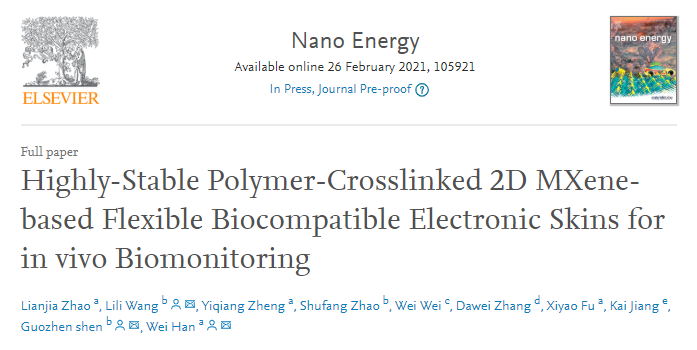
1. Article overview
The ability of electronic skin to accurately recognize physiological and physical signals is the key to human-computer interaction. However, when maintaining a high level of pressure response under harsh conditions, improving the stability of the electronic skin is still a huge challenge. The research team of Wei Han from Jilin University and Guozhen Shen from the Institute of Semiconductors of the Chinese Academy of Sciences designed a highly stable electronic skin by synergistically combining strong hydrogen bonds in MXene and polyvinyl alcohol (PVA). Key point (1): Molecular dynamics calculations show that the introduction of PVA can reduce the diffusion coefficient of MXene in acid and alkaline solutions, increase the adsorption (free) energy, and provide good chemical stability for the hybrid membrane. Therefore, the film can provide stable performance records, which can last for more than half a year in harsh environments. Key point (2): The membrane also showed good biocompatibility and functionality in in vivo studies on mice. Point (3): It is important that the film has durable and stable performance, all-weather availability and good in vivo compatibility, which greatly enhances the use of soft robots and personal protective equipment in harsh environments.
Two, graphic guide
In this paper, a biocompatible electronic skin based on MXene and PVA with strong hydrogen bonds is designed. The film has a stable performance record, can last for more than half a year in a harsh environment, and has shown good biocompatibility and function in mouse in vivo model studies. This work shows that the use of electronic technology to reproduce the characteristics of the skin provides a new direction for future soft robotics and medical repair.
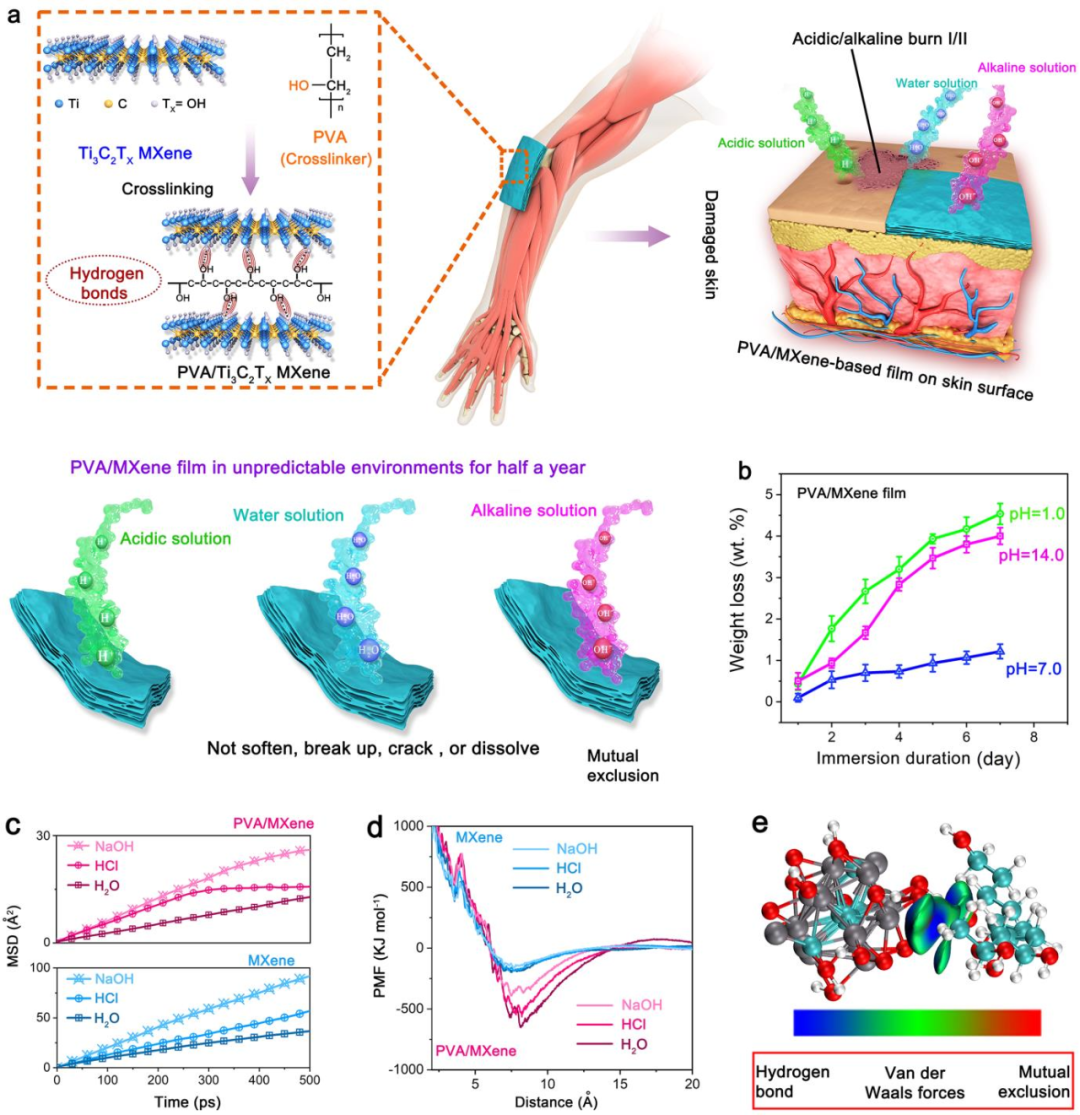
Figure 1 The structure of a skin-like PVA/MXene hybrid film.
(A) A schematic diagram of a skin-like PVA/MXene hybrid film with a cross-linked structure.
(B) The weight loss of the PVA/MXene hybrid film during immersion at room temperature for 7 days.
(C) The MSD of MXene and PVA/MXene hybrid films in different solutions varies with the simulation time.
(D) The free energies of adsorption of MXene and PVA/MXene films are shown in different solutions.
(E) Natural bond analysis of PVA combined with MXene in HCl solution.
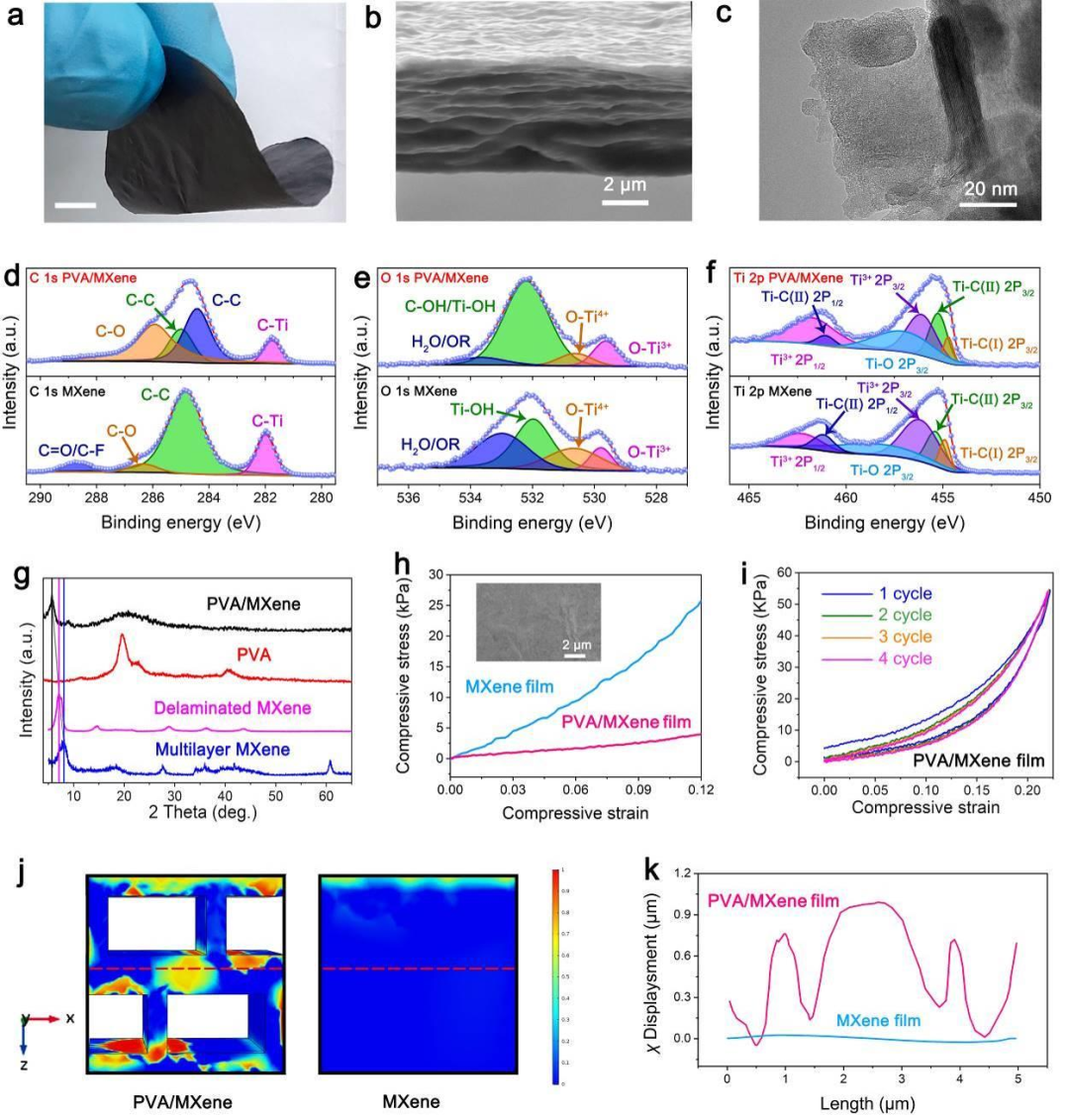
Figure 2 Mechanical properties of PVA/MXene hybrid film.
(A) Optical, (b) cross-sectional SEM and (c) TEM images of the PVA/MXene hybrid film.
(D) XPS spectrum analysis of PVA/MXene of C1s, (e) O1s and (f) Ti2p.
(G) XRD patterns of original PVA, MXene and PVA/MXene.
(H) Compressive stress-strain curves of original MXene and PVA/MXene films.
(I) Four consecutive compression tests were performed on the PVA/MXene film.
(J) The finite element cross-sectional view of the deformation distribution.
(K) Deformation distance (x) along the red dotted line in (j).
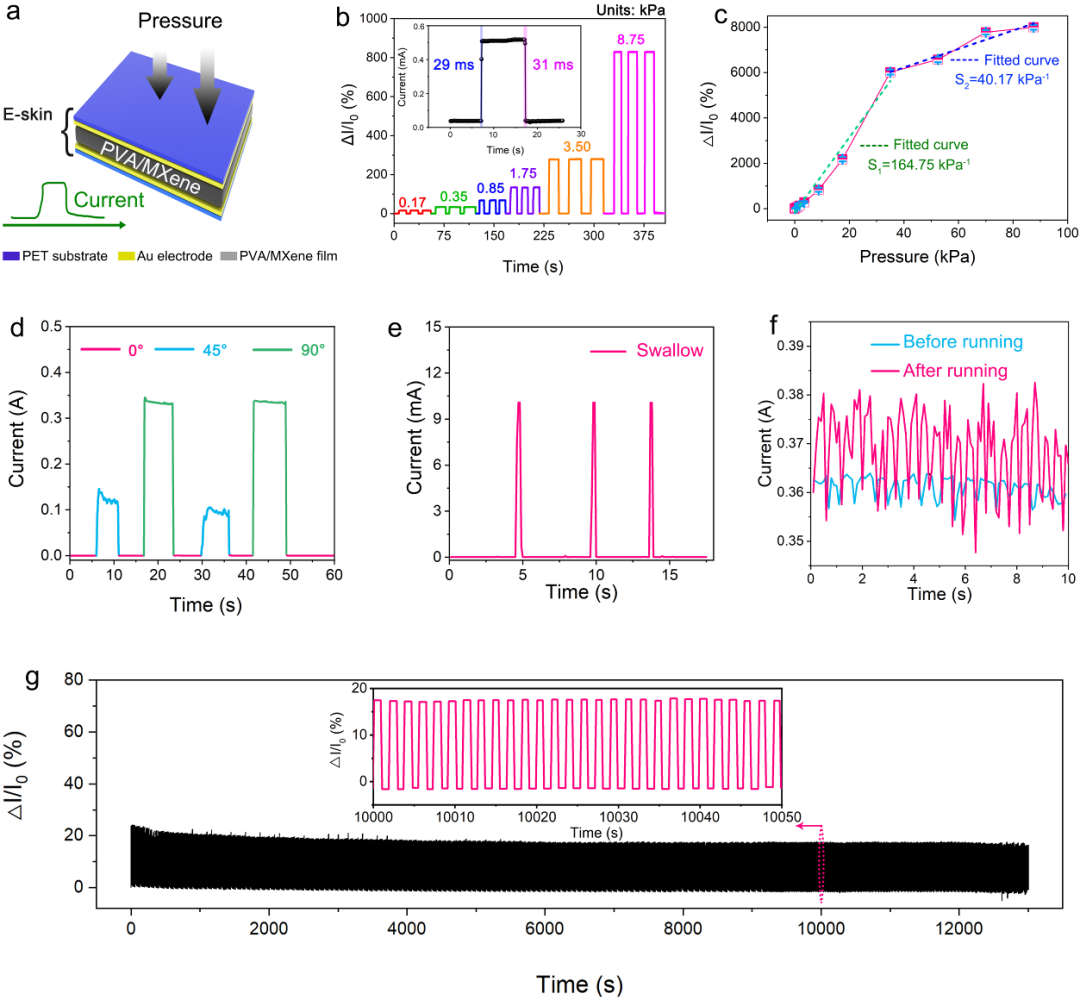
Figure 3 Response characteristics of the pressure sensor.
(A) Pressure sensor diagram.
(B) The dynamic response curve of the flexible sensor under various pressure levels and (c) the sensitivity graph.
(D) Dynamic response curve to bending angle.
(E) Swallowing and swallowing detection.
(F) Pulse signal test before and after operation.
(G) After 7000 cycles of working stability test under a pressure of 160 Pa.
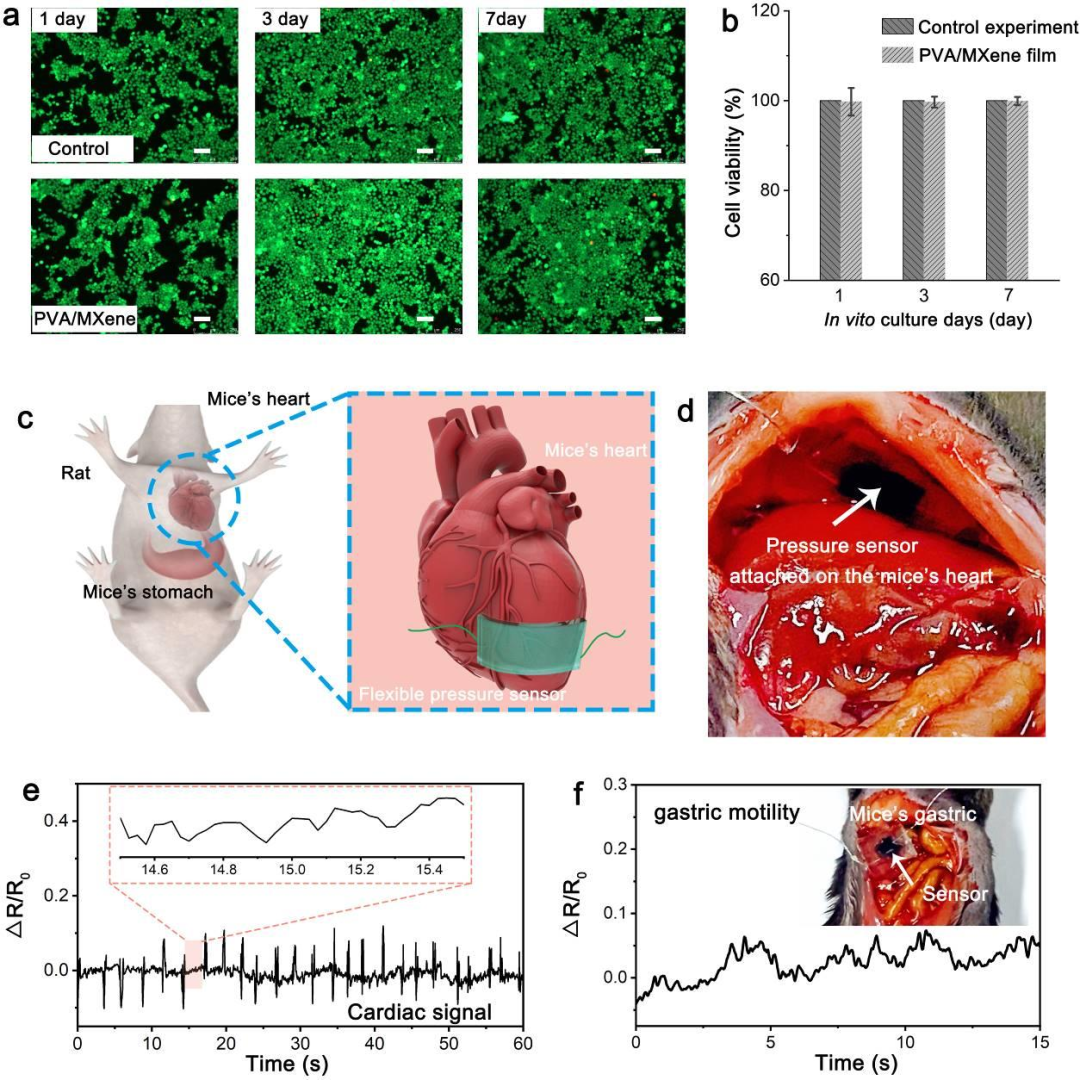
Figure 4 Cell cytotoxicity test and in vivo evaluation.
(A) Fluorescence image of HUVEC cultured on PVA/MXene hybrid film.
(B) Cell viability at 1, 3 and 7 days.
Schematic (c) and photograph (d) of the pressure sensor attached to the mouse heart.
(E) Electronic signals measured by pressure sensors attached to the heart and stomach wall of balb/c mice and (f) the study of gastric motility.
3. Thesis information
Highly-Stable Polymer-Crosslinked 2D MXene-based Flexible Biocompatible Electronic Skins for in vivo Biomonitoring
Nano Energy (IF=16.602)
Pub Date: 2021-02-26
DOI: 10.1016/j.nanoen.2021.105921
Lianjia Zhao; Lili Wang; Yiqiang Zheng; Shufang Zhao; Wei Wei; Dawei Zhang; Xiyao Fu; Kai Jiang; Guozhen shen*; Wei Han*
Key Laboratory of Physics and Technology for Advanced Batteries (Ministry of Education), College of Physics, International Center of Future Science, Jilin University, Changchun 130012, P. R. China







